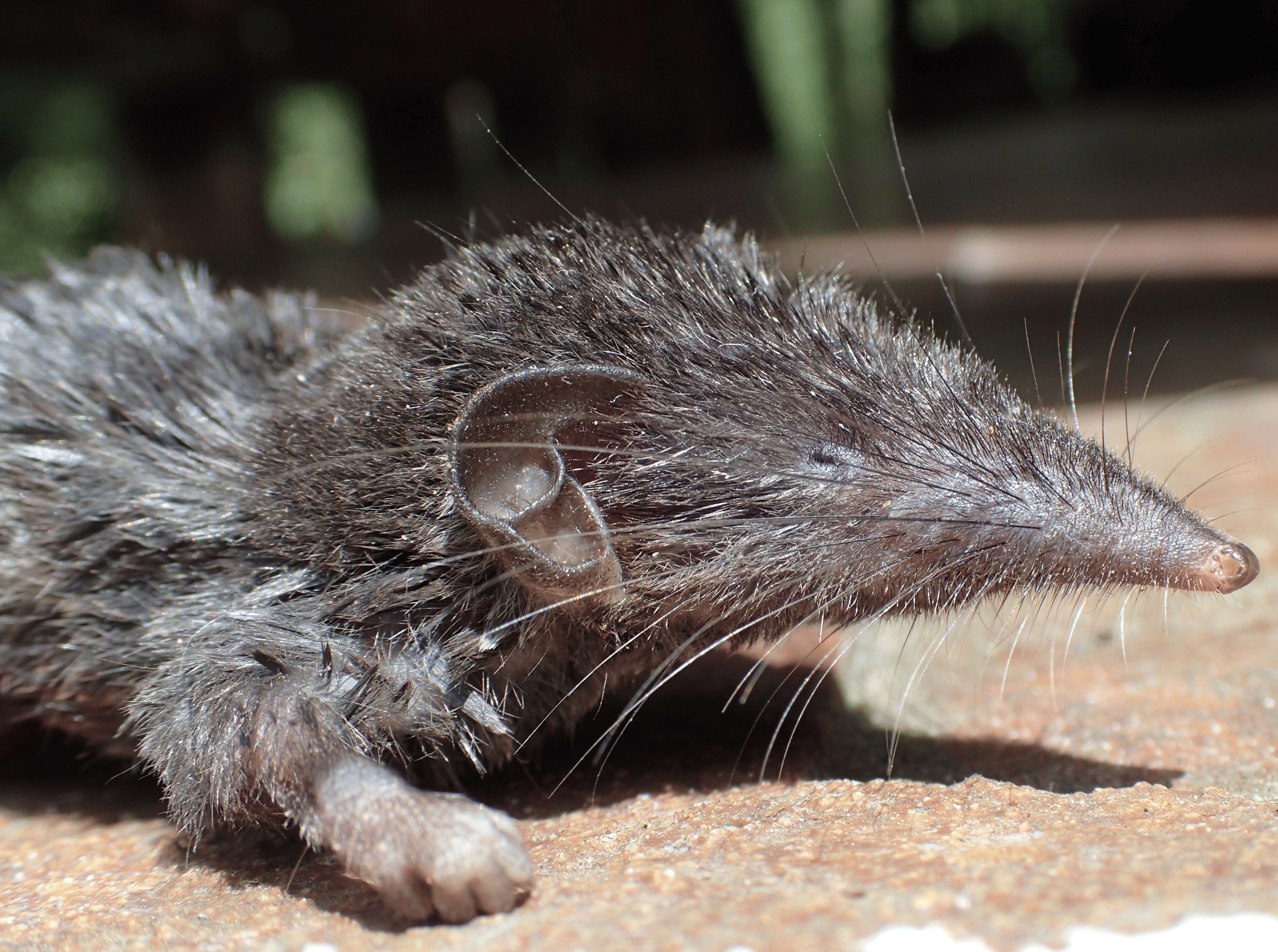A study describes the evolutionary history of the shrew genus Crocidura in Sundaland
The research suggests, contrary to previous studies, that the populations diverged before the isolation of the islands from the mainland in Sundaland, south-east Asia. The high diversity might have originated due to ecological barriers, such as a posible ‘savanna corridor’, grasslands or swamps, not suitable for these shrews.

There are 205 different species of shrew genus Crocidura, the most diverse genera within mammals, in the world and they distributed across Africa and Eurasia, mostly in their tropical regions. But, what are the processes that have originated this high diversity? This is the question that the researchers of the Doñana Biological Station – CSIC wanted to answer in their last study, where they look into what has originated this high diversity of shrews in the tropic, specifically in Sundaland, in South-East Asia. The work has been done in collaboration with scientific teams from the Geneva, Harvard and Smithsonian museums, as well as the Sabah Natural Parks (Malaysia).
The research has focused on the Bornean Island. “Due to unknown reasons, the shrews are found at much lower densities on this island than in neighbouring Sumatra, Java or Sulawesi islands” explains Arlo Hinckley, first author of the study and researchers at Doñana Biological Station. “This is a challenge that has historically made their capture and study difficult and has left many unknowns behind, such as how many species there are in Borneo, how and when they originated and how they are distributed.”
To answer these cuestions, the researchers conducted several expeditions with a great effort of sampling (150 traps per night) in different mountains in Borneo. Afterwards, they undertook comparative studies, at a genetic and morphological level, between this collected material and historical specimens from museum, such as the National Museum of Natural Science (Madrid), the Lee Kong Chian Museum (Singapur), the Museum of Comparative Zoology of Harvard, the Thailand National History Museum and Museum für Naturkunde (Berlín).
“Evaluating the diversity of this genus through genetics is very interesting given that these shrews are characterized by being part of groups of species that are different evolutionarily but don’t show morphological variations, which makes them go easily unnoticed”, concludes Jennifer Leonar, researcher at Doñana Biological Station. The study also reveals the opposite pattern: shrews living on Mount Kinabalu above 1600m are almost genetically identical to another species in low areas of the same mountain, but have divergent external morphology. “They have cold adaptations: they are bigger and their fur is longer. Perhaps, we are before an early stage of the speciation process”, explains Miguel Camacho, another of the authors and also a researcher at the centre.
The course of climatic changes during the last four hundred thousand years produced dramatic episodes of rises and falls of the sea level, connecting and disconnecting the current islands in this area (Borneo, Sumatra and Java, among others) with each other and with the continent. It has been traditionally theorized that these periods of connection and isolation between lands and the living beings that inhabit them, have acted as a speciation bomb and given rise to the high richness of species in this region. However, this research suggests that all the species studied originated before, when the islands and the mainland were connected. This result indicates that, if there were no physical barriers between populations, there must have been ecological barriers, such as a possible “savannah corridor”, grasslands or swamps, unsuitable for the survival of these shrews. Such barriers produced isolation between ancestral populations, promoting their differentiation, and the generation of new species over millions of years of evolution.
The research has also confirmed the existence of several genetic lineages in the Malay Peninsula, Sumatra, Borneo and Sulawesi. These lineages represent possibly new species but their formal description will require more expeditions to expand the comparative material (specimens). “This and other studies that we are carrying out with other Bornean micromammals suggest the existence of an important underestimation in the species diversity present in this region. Cataloguing this biodiversity will require new expeditions and funding”, points out Arlo Hinckley. “In the field of biodiversity, current funding favours an “office” researcher profile, which publishes a lot using the data generated by others and penalizes those who generate this knowledge that is basic for this field progress, such as taxonomists and ecologists who do field work.
Knowing the taxonomy of the species is important, not only for the correct identification of specimens (essential in any study of biology), but also to be able to correctly apply conservation measures. “Studying these animals are difficult. In the field expeditions, it was frustrating to capture only one individual after several days of work and hundreds of traps, but the result has been worth it”, adds Miguel Camacho. According to the researcher, it is the most complete study about Bornean shrews so far. Borneo is recognized worldwide as a paradigm of biodiversity but little known. “It is worrying to see on the ground that palm plantations and deforestation predominate under the green satellite image of Borneo, without being aware of the great biodiversity that we have lost in recent decades. We hope that our study contributes to protecting the ecological value of this region”, concludes the researcher.
Arlo Hinckley points out that this study also highlights the importance of natural history museums in the 21st century: “Thanks to the specimens hosted in museums since the beginning of the 20th century and the advances in the genetic field, it has been possible to obtain information on the evolutionary history of Crocidura and to deepen the understanding of the biogeography of this region”.
Reference:
Arlo Hinckley, Miguel Camacho-Sanchez, Manuel Ruedi, Melissa T R Hawkins, Madeleine Mullon, Anna Cornellas, Fred Tuh Yit Yuh, Jennifer A Leonard, Evolutionary history of Sundaland shrews (Eulipotyphla: Soricidae: Crocidura) with a focus on Borneo, Zoological Journal of the Linnean Society, 2021; zlab045, https://doi.org/10.1093/zoolinnean/zlab045